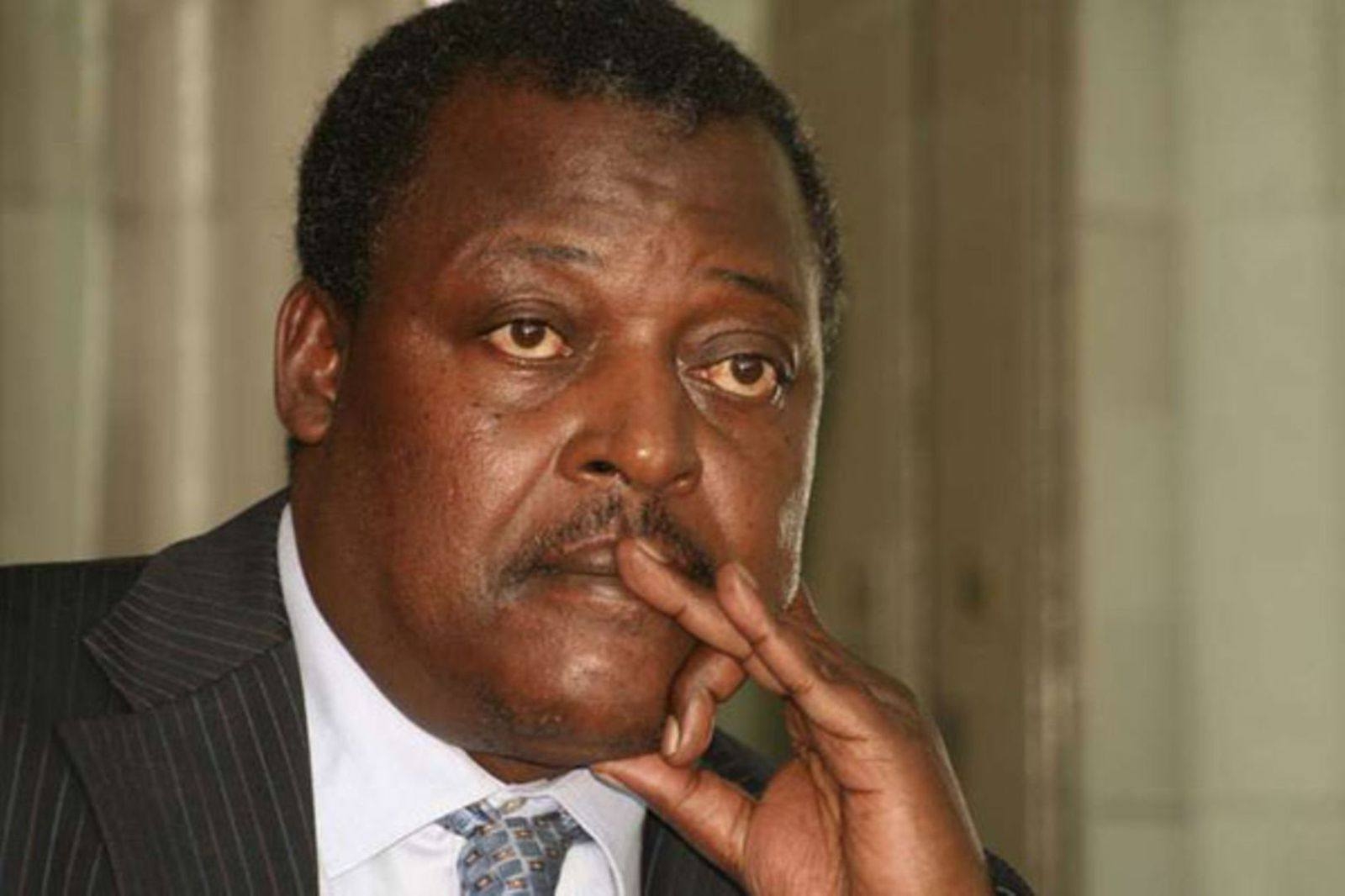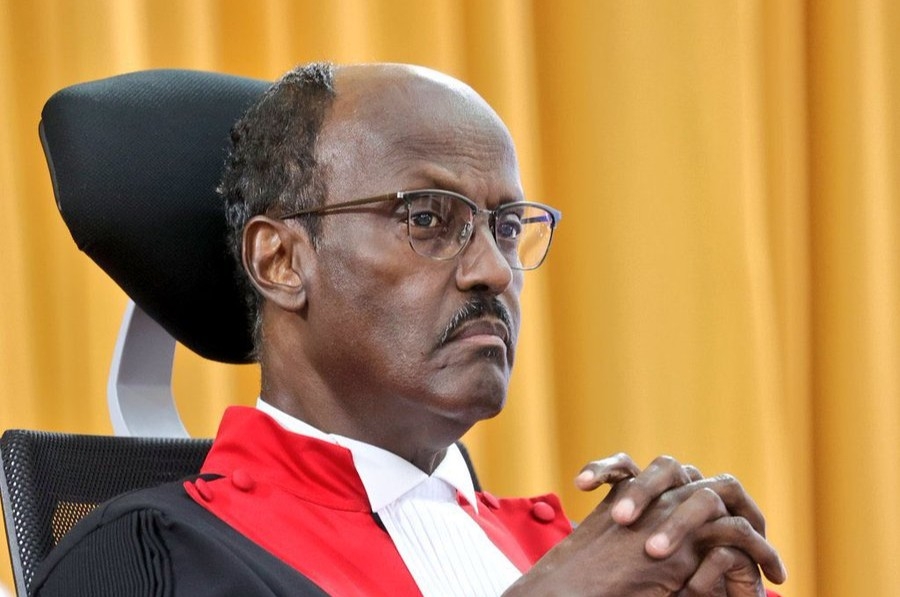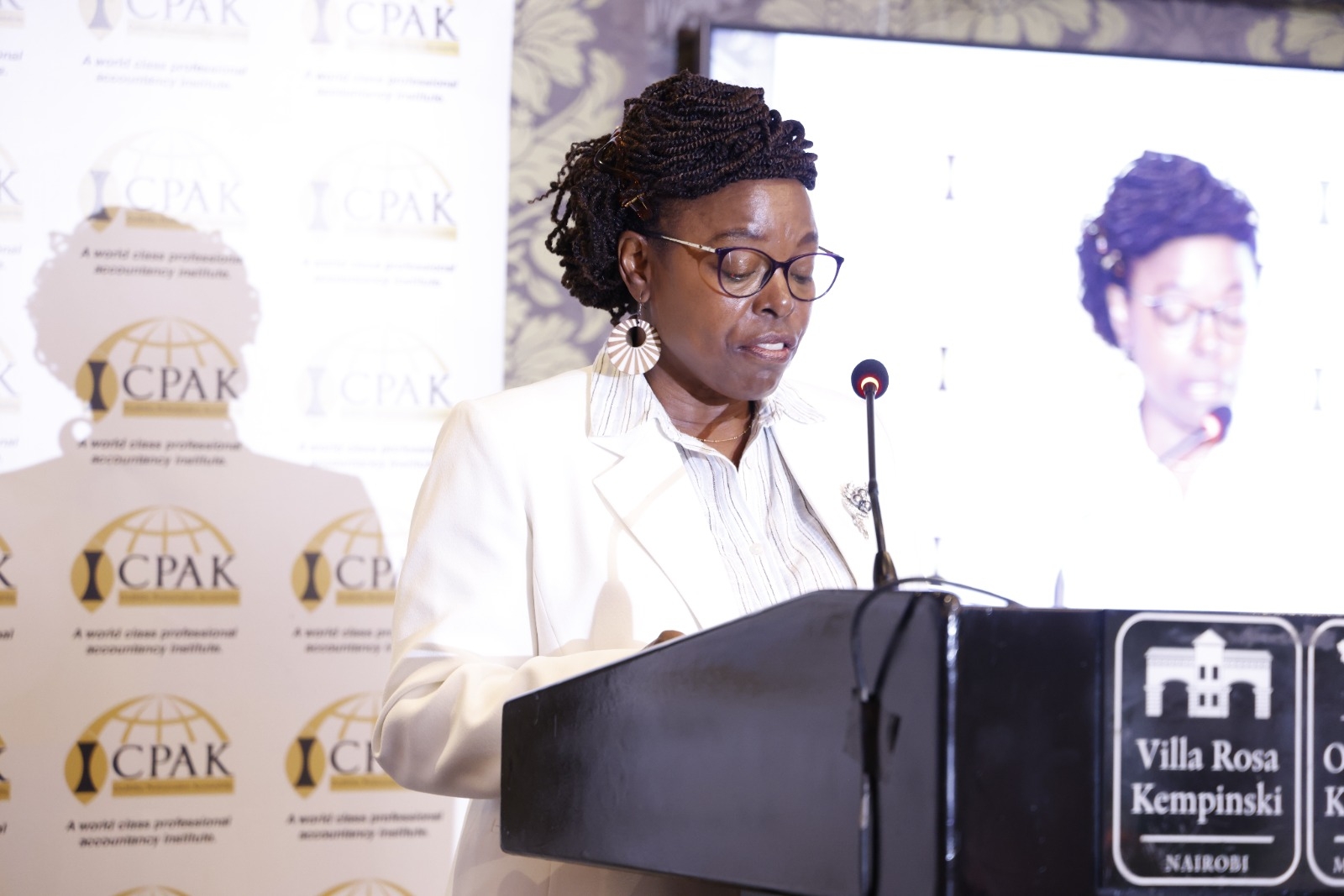Authorities have pulled out all the stops to ensure the ongoing rhino translocation does not lead to deaths as witnessed six years ago.
In 2018, 11 rhinos died following a botched relocation exercise.
This caused a massive uproar locally and internationally.
This forced the Kenya Wildlife Service to revise its translocation guidelines.
Fourteen rhinos-six from Lake Nakuru and eight from Nairobi National Parks-were to be moved to Tsavo East National Park. The move began on June 26, 2018.
On July 26, 2018, former Tourism CS Najib Balala published the initial results of the independent inquiry into the deaths.
The inquiry stated 10 rhinos died from multiple stress syndromes, intensified by salt poisoning, dehydration, starvation and gastric issues.
The inquiry cited clear professional negligence at the release site, with poor communication between teams, causing issues not to be acknowledged, such as salty water.
The 11th rhino died following an attack by lions in Tsavo East.
Under the revised guidelines, careful planning is needed if the immobilisation of rhinos is for translocation.
This includes a long-term commitment to protect, monitor and manage the translocated animals.
Recently, 21 rhinos were moved to Loisaba Conservancy in Laikipia county.
Three black rhinos were moved from Nairobi National Park, Ol Pejeta (six) and Lewa conservancies (12), making Loisaba Kenya’s 17th rhino sanctuary.
Tourism Cabinet Secretary Alfred Mutua launched the translocation drive on January 16 at Nairobi National Park.
He said what happened before was tragic “because the experts had clearly said do this, do this, don’t do this.”
“Many of them (rhinos) died from what we call error because people did not know they were making mistakes, but you know there was [pure] drinking water,” Mutua said.
He said before the recent translocation was allowed to happen, they ensured that all the boxes had been checked.
“The translocation was done from an expertise perspective as are the way they are located, transported and introduced into the new society, and most of them, I believe, are all tracked, so we are monitoring where they are,” Mutua said.
He said the exercise has not happened since 2018 due to fear that deaths would happen again.
“If this succeeds, that means we can do more and more and that is good for the rhinos,” Mutua said.
Loisaba Conservancy CEO Tom Silvester said they first applied for permission in 2018.
“Then there was the unfortunate incident of translocation to Tsavo,” he said.
"It meant we had to undergo extremely rigorous assessments over a period of three years; science-led assessments were about browsing and conditioning, the ability of the landscape to host rhinos, management capability, security, land tenure, and finance.”
Mutua said a conditional approval followed and the conservancy put up 58 km of fencing, creating a 25,000-acre rhino sanctuary.
The Cabinet approved the exercise late last year, but rain made transportation impossible
Silvester said technology has been deployed to secure the species.
The cost of the translocation was about Sh10 million.
A report covering all the rhino areas for the period ending December 31, 2022, showed the black and white rhino population was 1,890, including 966 black rhinos, 922 southern white rhinos and two northern white rhinos.
The report was consolidated by the Wildlife Research and Training Institute in collaboration with the KWS.
It shows that Tsavo West National Park (Ngulia Rhino Sanctuary) has 134 black rhinos, while the Maximum Productivity Carrying Capacity is 45, leaving an estimated surplus of 89.
The Ol Pejeta Conservancy has 166 black rhinos, while the maximum capacity is 90, leaving a surplus of 76.
Nairobi National Park has 98 black rhinos against a maximum capacity of 44, leaving a surplus of 54.
Lake Nakuru National Park has a population of 89 black rhinos against a maximum capacity of 50, leaving a surplus of 39.
Lewa (Borana Landscape) has a black rhino population of 133 against a maximum capacity of 92, leaving a surplus of 41.
Meru National Park has a black rhino population of 36 against a maximum capacity of 32, leaving a surplus of four.
Ruma National Park in Kericho, however, has a population of 22 black rhinos against a maximum capacity of 62.
This means that Ruma needs 40 more rhinos.
Sera Community Conservancy in Samburu has a population of 21 against a maximum capacity of 40.
This means the conservancy needs 19 more rhinos.
The recovery and action plan for the black rhino in Kenya 2022-2026, which is the seventh phase, is being implemented.
Black rhinos suffered a catastrophic decline across Africa in the 1970s and 1980s, both in numbers and in the extent of their range.
Numbers plummeted from an estimated 65,000 in 1970 to fewer than 2,500 by 1992 due to poaching.
















